123. Acanthocereus Tetragonus ‘Fairy Castles’ – Fairy Castle Cactus ( Appendix II – Special Permit Needed* )
Special permits are needed. It depends on the destination country. You should ask your quarantine office. We don’t do refunds for any returned, destroyed, or delayed packages because of customs issues in your country.
Shipping from Lembang, West Bandung, West Java, Indonesia
Pot diameter 10 cm
Package weight include pot and soil 350 gram
Package weight without pot and soil 80 gram
Click Add to cart to shop directly from this website or text us through contact detail above
——-
Izin khusus dibutuhkan. Tergantung dari permintaan negara tujuan. Anda harus bertanya ke kantor karantina di negara Anda. Kami tidak melakukan refund paket yang diretur, ditahan atau dihancurkan karena permasalahan customs di negara Anda.
Pengiriman dari Lembang, Bandung Barat, Jawa Barat, Indonesia
Diameter pot 10 cm
Berat paket dengan pot dan media 350 gram
Berat paket tanpa pot dan media 80 gram
Klik Add to cart untuk langsung order melalui website atau kontak detail di atas
Rp20,000
Acanthocereus Tetragonus ‘Fairy Castles’ – Fairy Castle Cactus
Scientific Name :
Acanthocereus tetragonus ‘Fairy Castles’
Common Names :
Fairy Castle Cactus
Scientific Classification
Family: Cactaceae
Subfamily: Cactoideae
Tribe: Echinocereeae
Genus: Acanthocereus
Description :
Acanthocereus tetragonus ‘Fairy Castles’ (Fairy Castle Cactus) is a dwarf, columnar, branching, slow growing cactus with spiny, five-sided, mid-green stems producing numerous smaller offsets. It will reach about 6 feet (1.8 m) tall with great age. Nocturnal, white or yellow flowers are rarely produced.
Hardiness :
USDA hardiness zone 10a to 11b: from 25 °F (−3.9 °C) to 50 °F (+10 °C).
How to Grow and Care :
Like most cacti, Cereus are fairly low-maintenance and hardy. Make sure they receive enough water without becoming waterlogged, especially during the summer, and fertilize them for best results. If the roots have become black or overly soft, the cactus could be experiencing root rot – cut away the affected parts and replant. Like all cacti, give them lots of direct sunlight, especially during the summer. Well-drained soil is best, and most Cereus perform well in a soil that contains some organic material. Some recommend avoiding a soil that contains sphagnum moss, though – it can make the cactus vulnerable to root rot.
Cereus cacti propagate quite easily from cuttings; simply sever a branch and replant in moist, well-drained soil. It helps to allow the cut end dry out and harden before you replant it; this makes it easier for the new cactus to form roots.
It may become necessary to repot your Cereus if it outgrows its container. If so, make sure the soil is dry and then remove the pot. Knock away old soil and prune away any rotted or dead roots, then replace it in a new pot and backfill with new soil… – See more at: How to Grow and Care for Cereus.
Origin
Native to Brazil.
Shipment
Our Works
TERMS AND CONDITIONS :
- Before being shipped, plants will undergo a drying process to prevent decay during the shipping journey. The duration of drying for shipments within Indonesia is 24-48 hours, while for international shipments, it may take up to 30 days (to prepare the plants and process export documents).
- Our packaging standard for shipments involves using sturdy cardboard boxes. The boxes will be perforated for plant air circulation and will not be fully sealed to avoid decay. Succulents will be wrapped in paper or tissue and will be provided with extra protection for certain plant types. For international shipments, there is no additional fee for the issuance of a Phyto Certificate if sent via DHL.
- The succulents you receive may differ from the product photos. The product photos we display are for illustration purposes only. The shape, flowers, and size of succulents may vary slightly (larger or smaller), although the ones we send are the same as those seen in the product photos.
- For international shipments, we cannot guarantee that the plants you order will arrive in good condition at your address due to different customs regulations in each country. This may result in longer delivery times. Please check your customs regulations before placing an order.
- For international orders, the minimum order is Rp. 2,500,000 / USD 166. Minimum order for orders within Indonesia is Rp 100,000 / USD 6.
- By deciding to make a purchase, you indicate your understanding of all customs regulations. Please add notes in the order notes column if you have specific instructions for your order. And provide guidance on what is required by your quarantine procedures.
- For international orders, we require your import permit to process the Phyto Certificate application with the Ministry of Agriculture and Quarantine Agency. If you do not have an import permit, we cannot process your Phyto Certificate application. However, if your country does not require an import permit for receiving plant shipments, please attach an official link explaining this rule from your country. Also, provide clear instructions on ADDITIONAL DECLARATION and TREATMENT in your Phyto Certificate.
- We cannot control customs actions. Therefore, we are not responsible for any unilateral decisions by customs that may occasionally lead to the detention or return of your package, even if we have completed it with official documents from the required Indonesian quarantine office as needed by customs officers in your country. NO REFUNDS. Updated : January 30, 2024.
———
SYARAT DAN KETENTUAN :
- Sebelum dikirim, tanaman akan dilakukan proses penjemuran terlebih dahulu agar tidak membusuk selama perjalanan pengiriman. Lamanya penjemuran untuk pengiriman Indonesia adalah 24-48 jam, sementara untuk pengiriman internasional memerlukan waktu hingga 30 hari (untuk menyiapkan tanaman serta memproses dokumen ekspor).
- Standar pengemasan kami untuk pengiriman menggunakan kardus karton yang keras. Kardus akan dilubangi untuk sirkulasi udara tanaman dan tidak akan dilakban penuh karena untuk menghindari busuk. Sukulen dibungkus dengan kertas atau tisu dan akan diberikan perlindungan ekstra untuk jenis tanaman tertentu. Untuk pengiriman internasional tidak dikenakan biaya tambahan untuk pembuatan Sertifikat Phyto jika mengirim dengan DHL.
- Sukulen yang Anda terima mungkin berbeda dengan foto produk. Foto produk yang kami tampilkan hanya sebagai contoh. Bentuk sukulen, bunga, dan ukuran sukulen mungkin sedikit berbeda (lebih besar atau lebih kecil), meskipun yang kami kirim adalah sukulen yang sama dengan yang terlihat dalam foto produk.
- Untuk pengiriman internasional, kami tidak dapat memberikan jaminan bahwa tanaman yang Anda pesan akan tiba dalam kondisi baik di alamat Anda karena setiap negara memiliki aturan pabean yang berbeda. Hal ini dapat menyebabkan waktu pengiriman yang lebih lama. Mohon cek aturan pabean Anda sebelum melakukan pemesanan.
- Untuk pesanan internasional, minimal order Rp. 2.500.000 / USD 166. Pesanan Indonesia minimal order Rp 100.000 / USD 6.
- Dengan memutuskan untuk membeli, berarti Anda telah memahami semua aturan pabean. Mohon tambahkan catatan di kolom catatan pesanan jika Anda memiliki instruksi khusus pada pesanan Anda. Dan berikan panduan tentang apa yang diinginkan oleh karantina Anda.
- Untuk pesanan internasional, kami memerlukan izin impor Anda untuk memproses pengajuan Sertifikat Phyto ke Kementerian Pertanian dan Balai Karantina. Jika Anda tidak memiliki izin impor, kami tidak dapat memproses pengajuan Sertifikat Phyto Anda. Tetapi jika negara Anda tidak memerlukan izin impor untuk menerima kiriman tanaman, mohon lampirkan tautan resmi yang menjelaskan aturan tersebut dari negara Anda. Jangan lupa memberikan instruksi yang jelas tentang ADDITIONAL DECLARATION dan TREATMENT dalam Sertifikat Phyto Anda.
- Kami tidak dapat mengontrol tindakan bea cukai. Oleh karena itu, kami tidak bertanggung jawab atas keputusan sepihak bea cukai yang kadang-kadang terjadi, yang dapat menyebabkan penahanan atau pengembalian paket Anda, meskipun kami telah melengkapi dengan dokumen resmi dari kantor karantina Indonesia yang diperlukan oleh petugas bea cukai di negara Anda. TIDAK ADA PENGEMBALIAN UANG. Diperbaharui : 30 Januari 2024.
———
| Weight | N/A |
|---|---|
| Dimensions | 1 × 1 × 1 cm |
| Include Pot and Soil or Without Pot and Soil | Include Pot and Soil, Without Pot and Soil |
5 reviews for 123. Acanthocereus Tetragonus ‘Fairy Castles’ – Fairy Castle Cactus ( Appendix II – Special Permit Needed* )
Sorry, no reviews match your current selections









































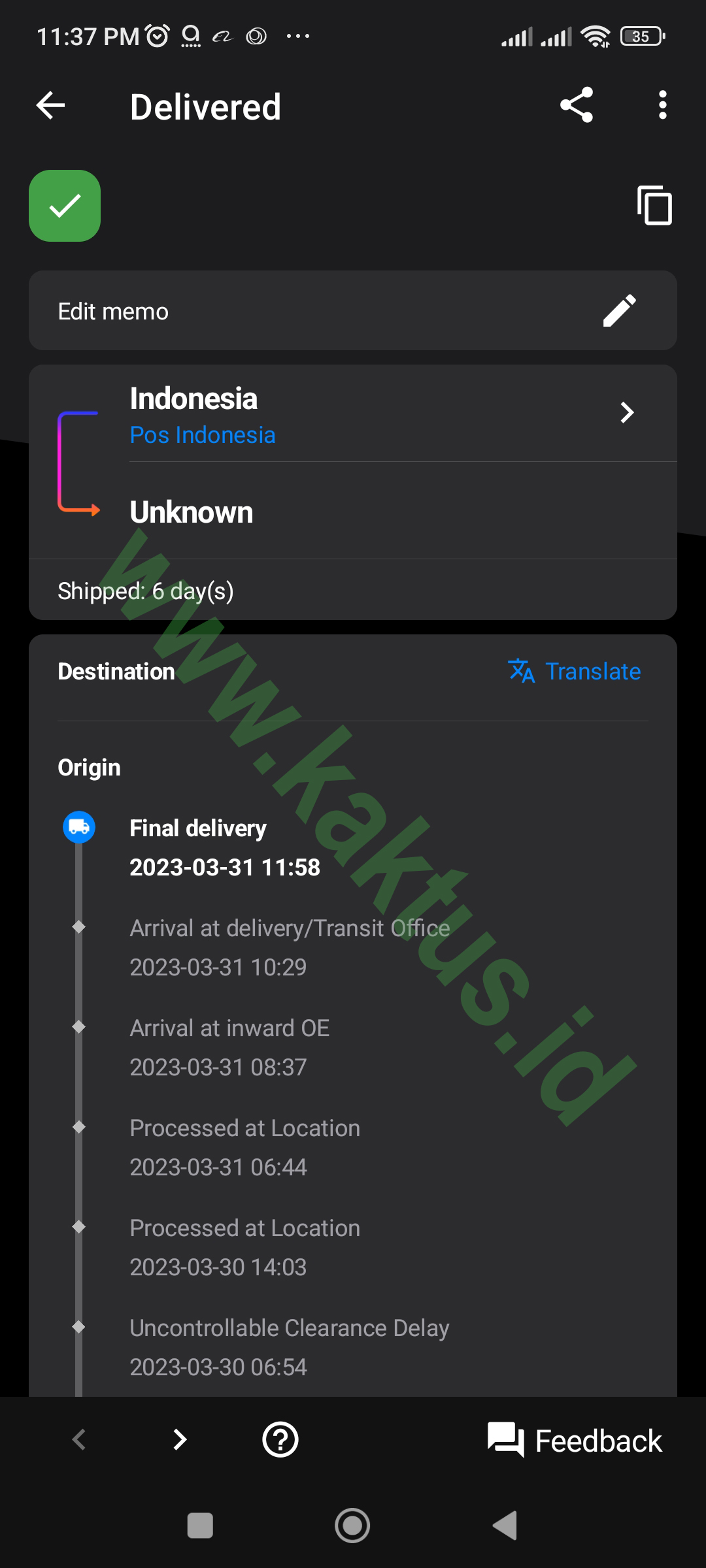































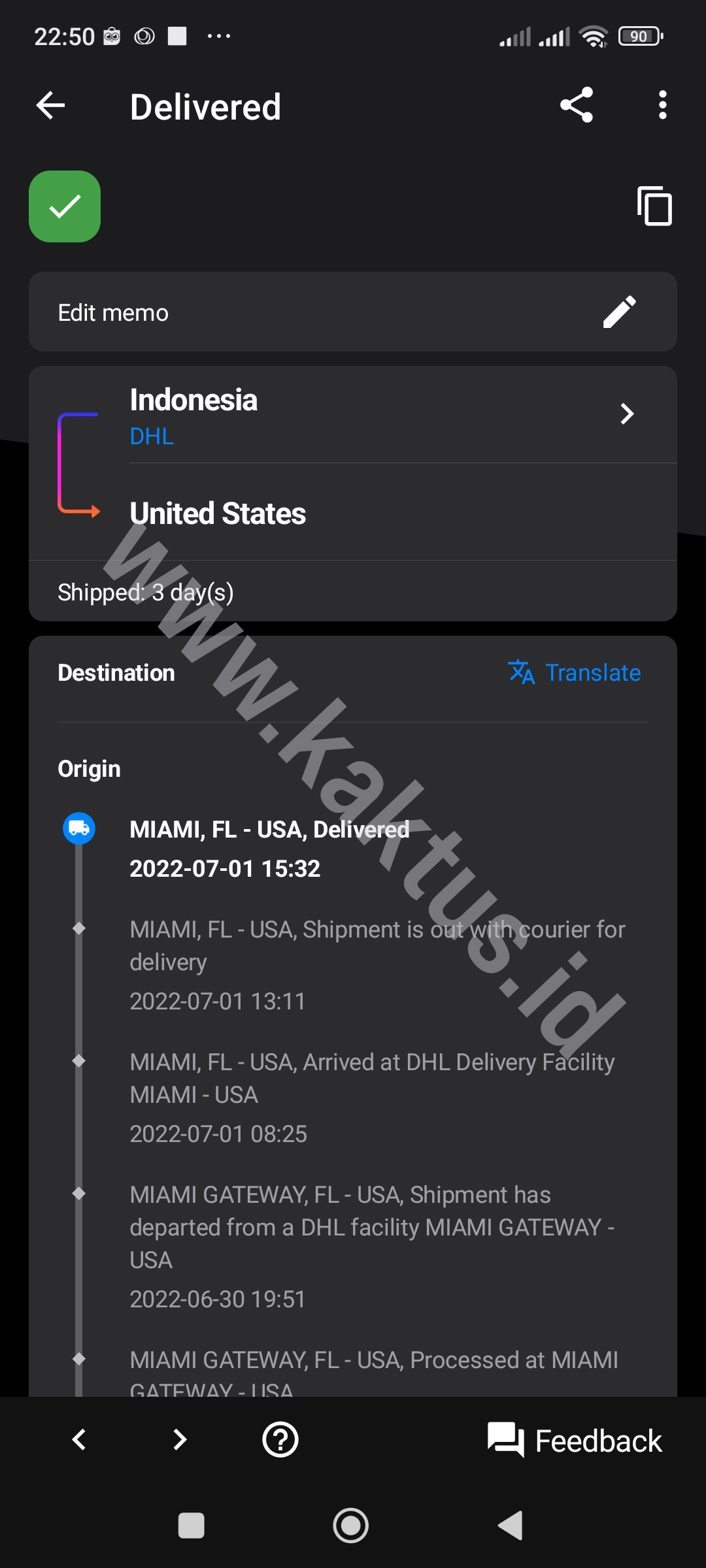




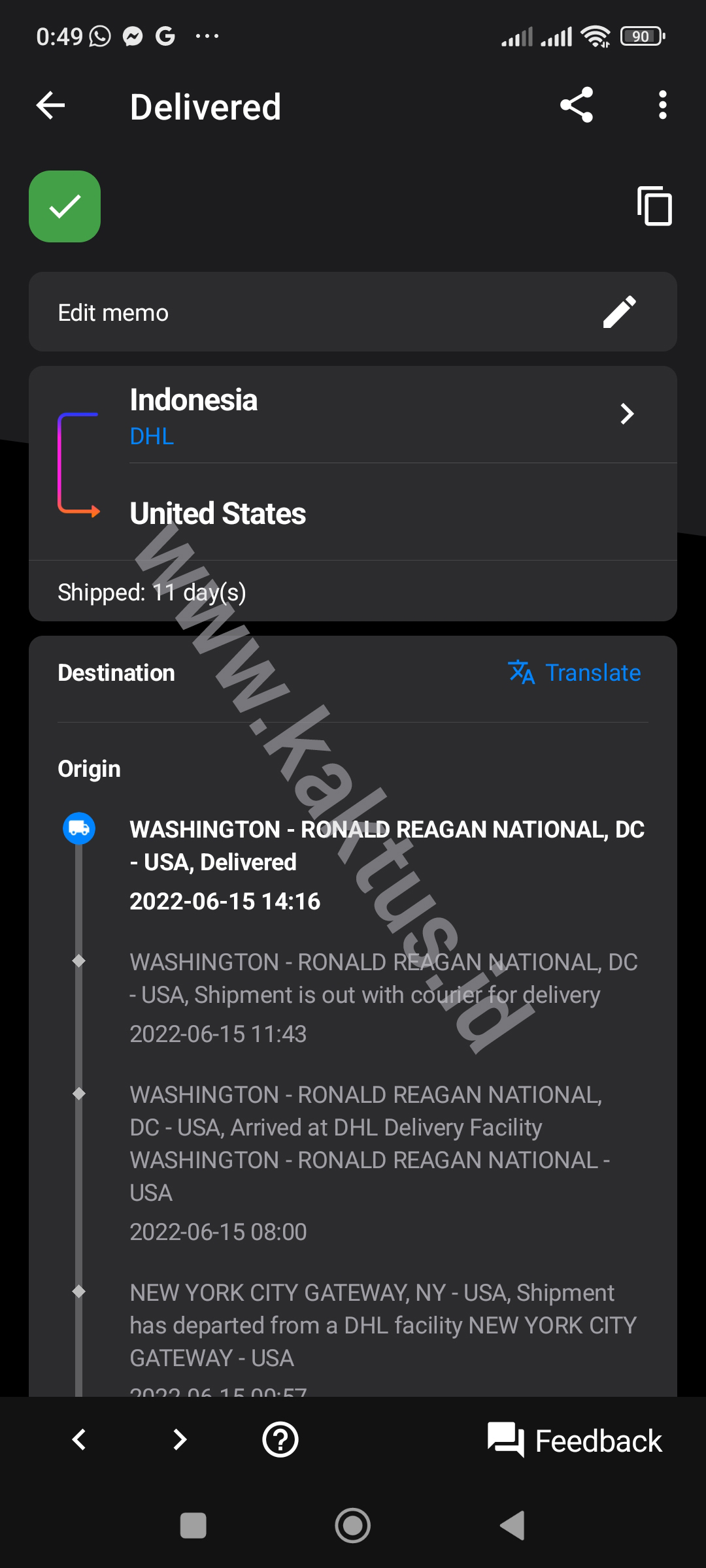















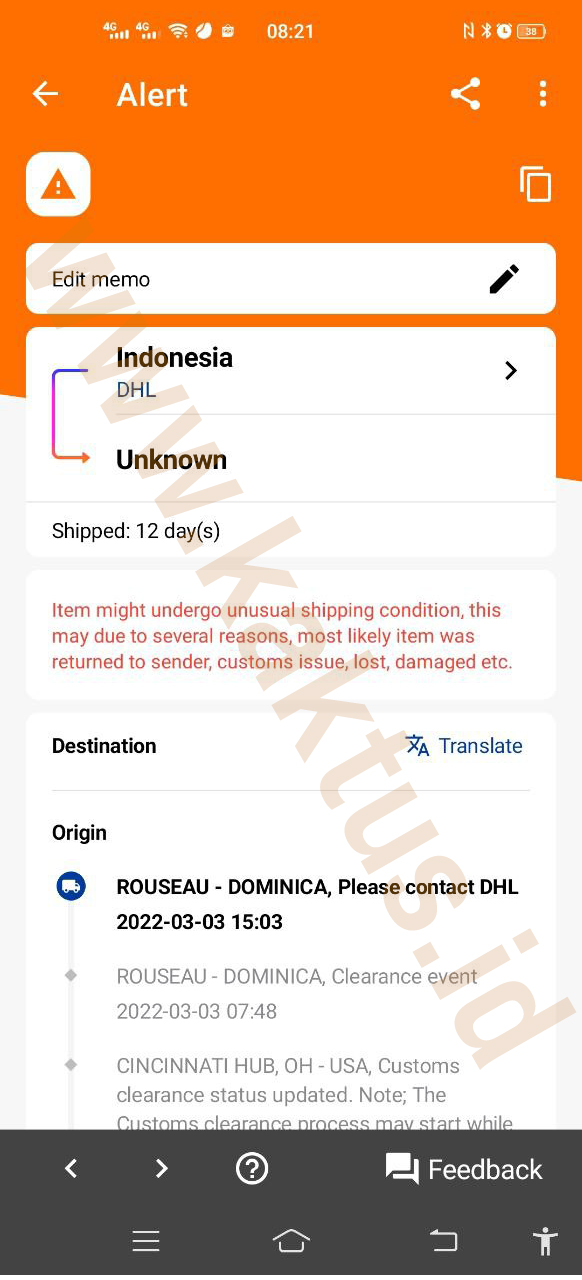





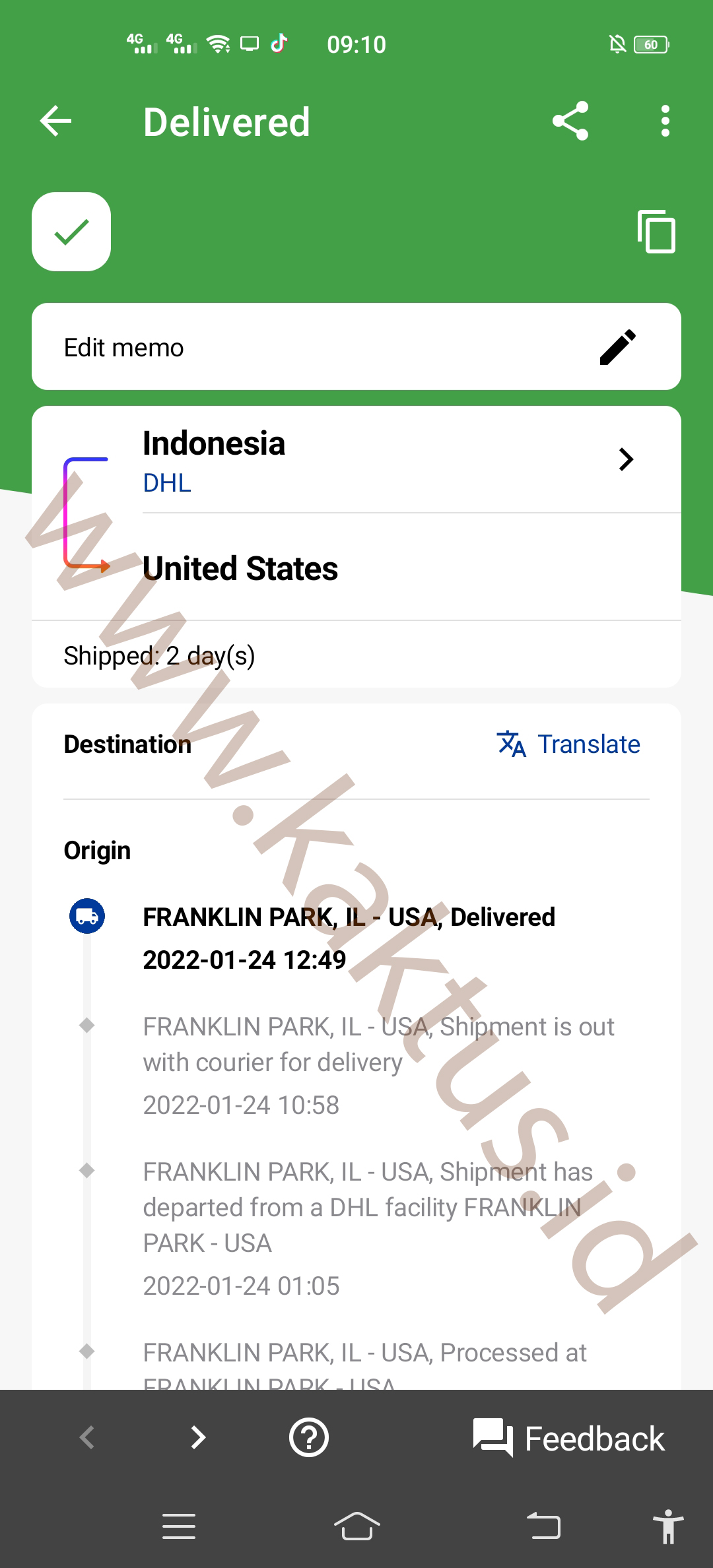














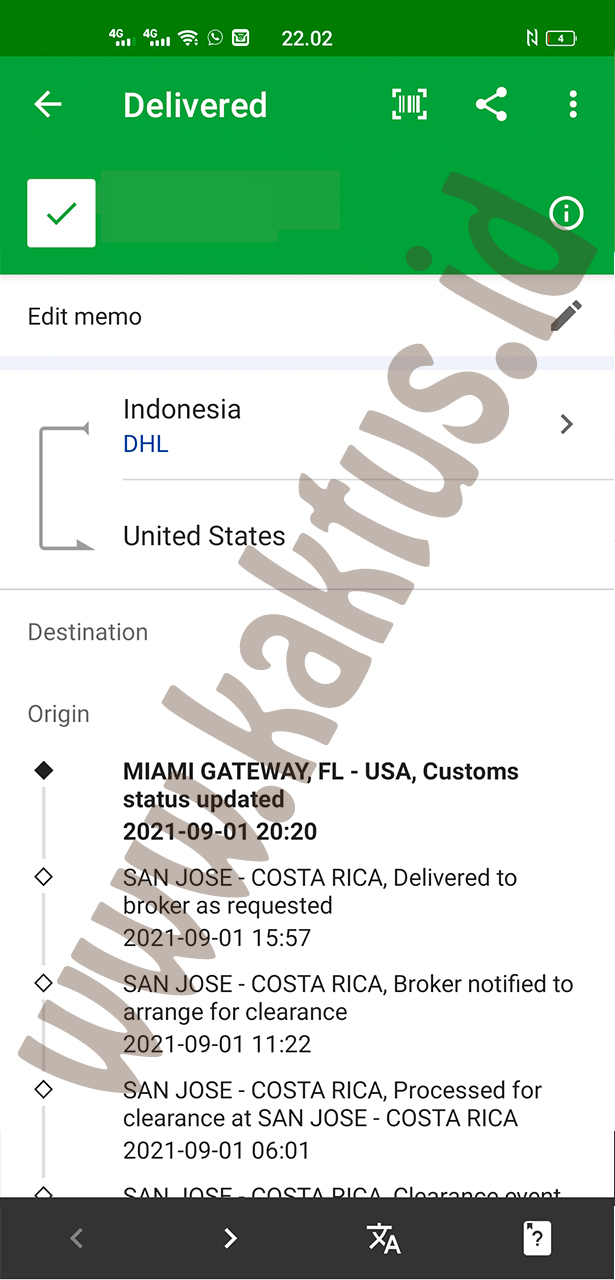

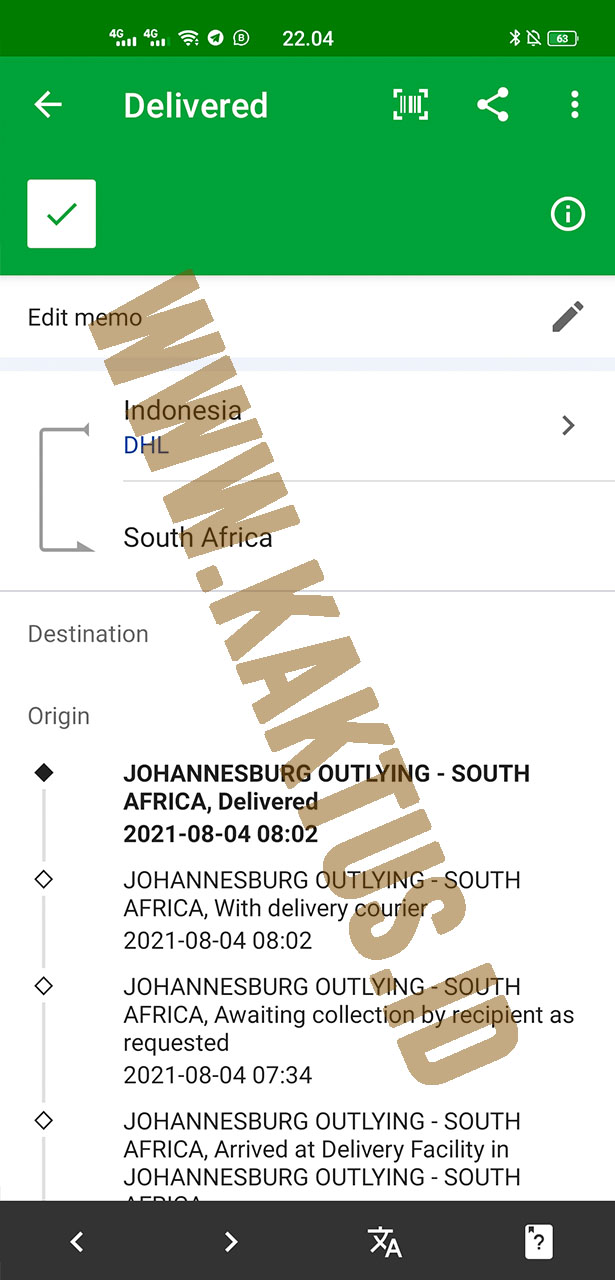



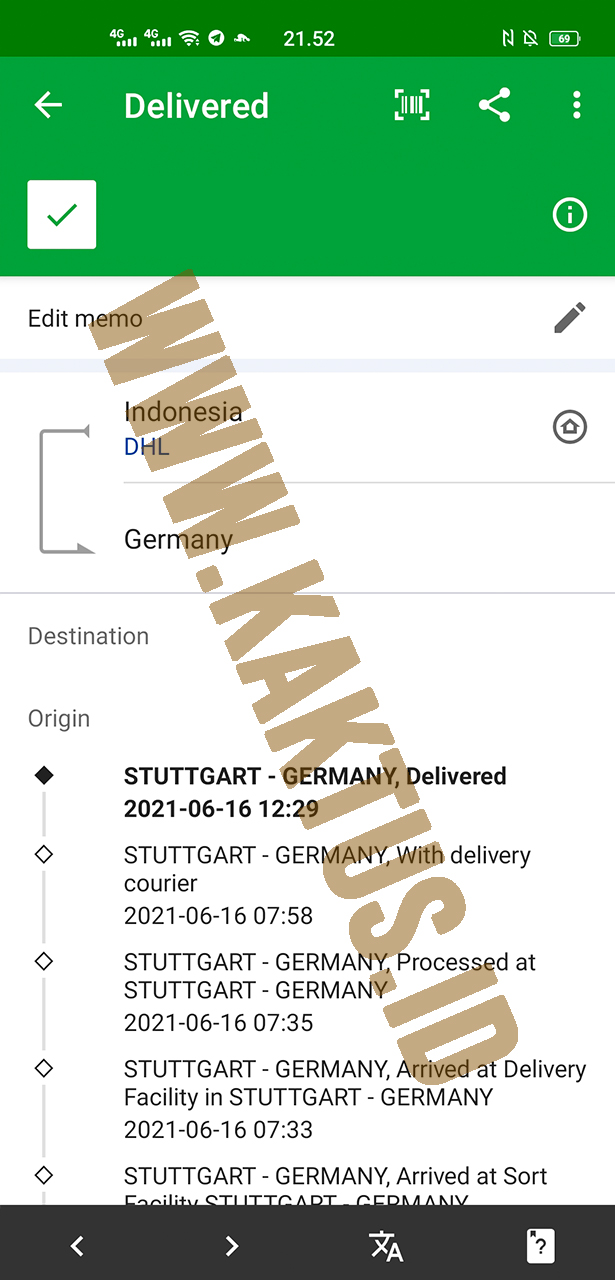















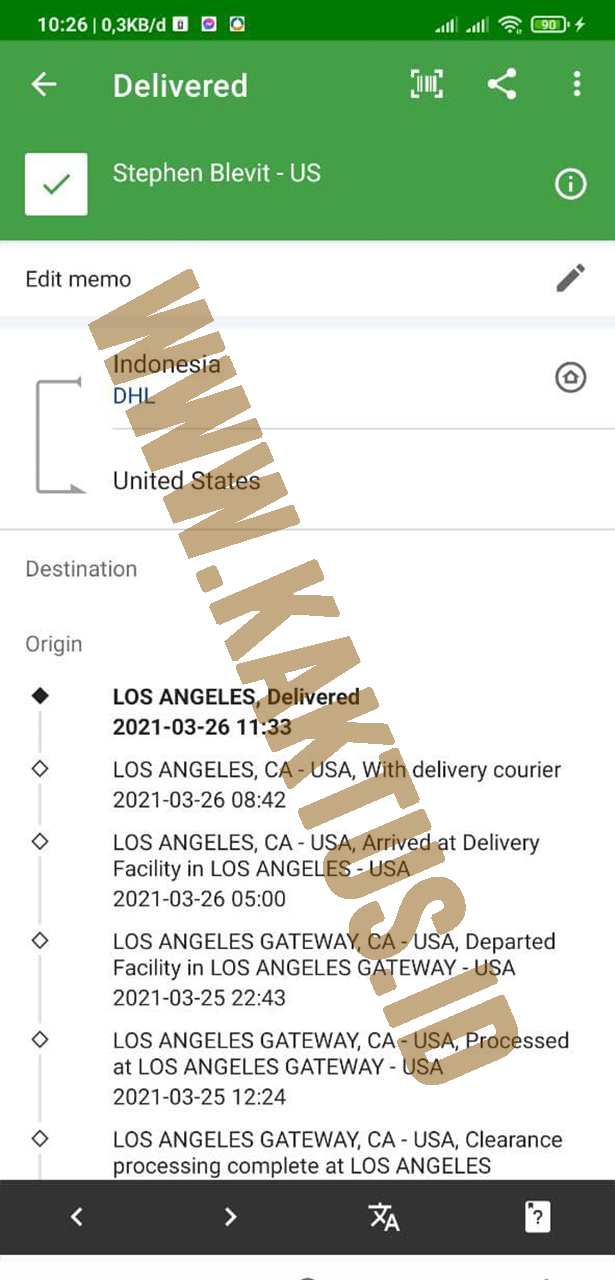



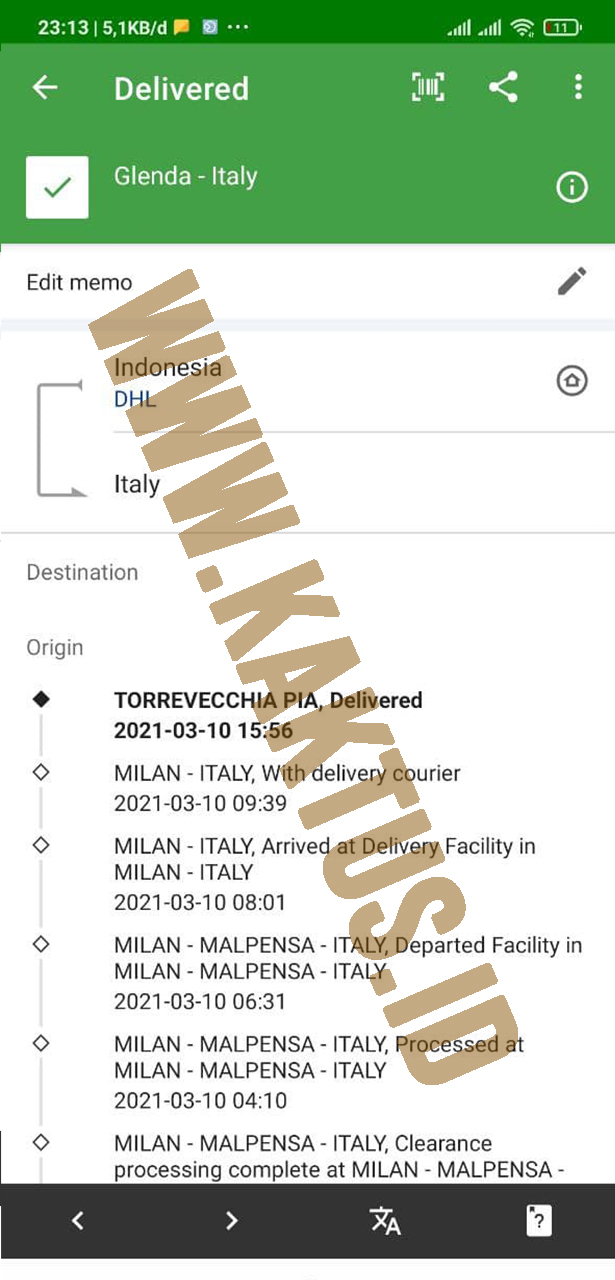

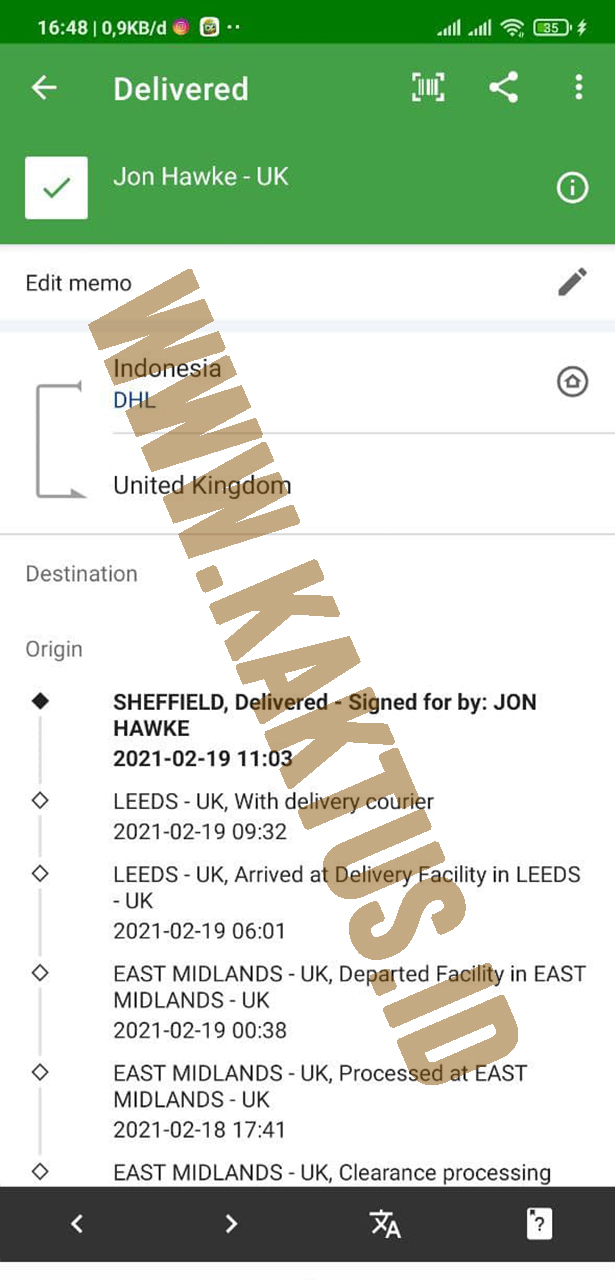





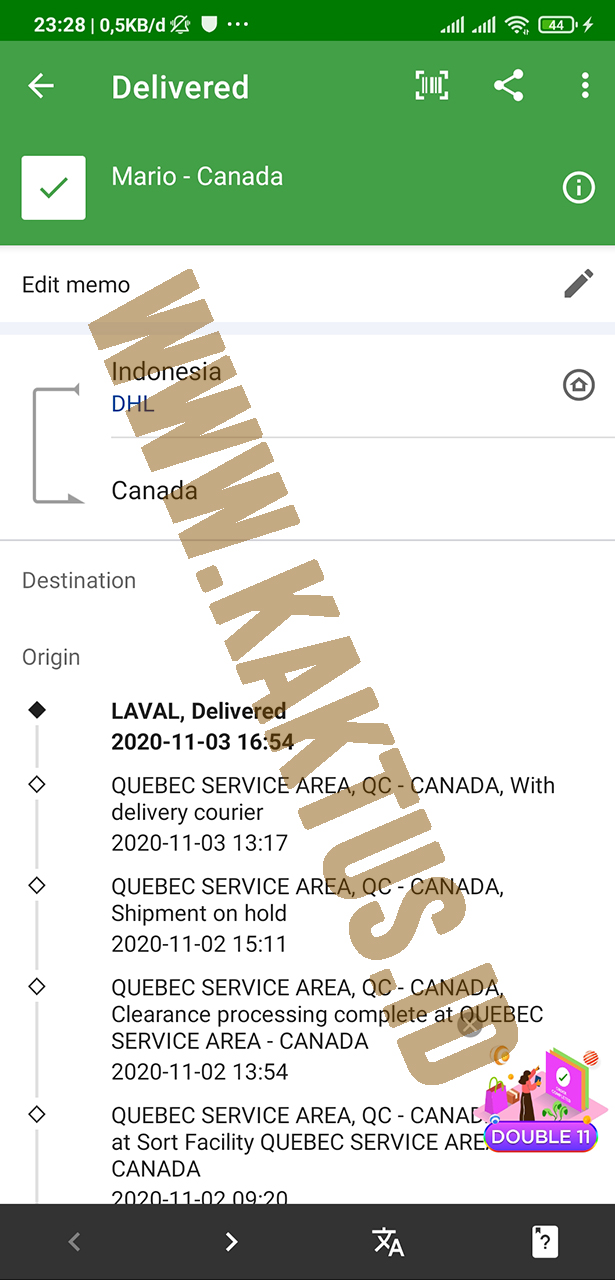
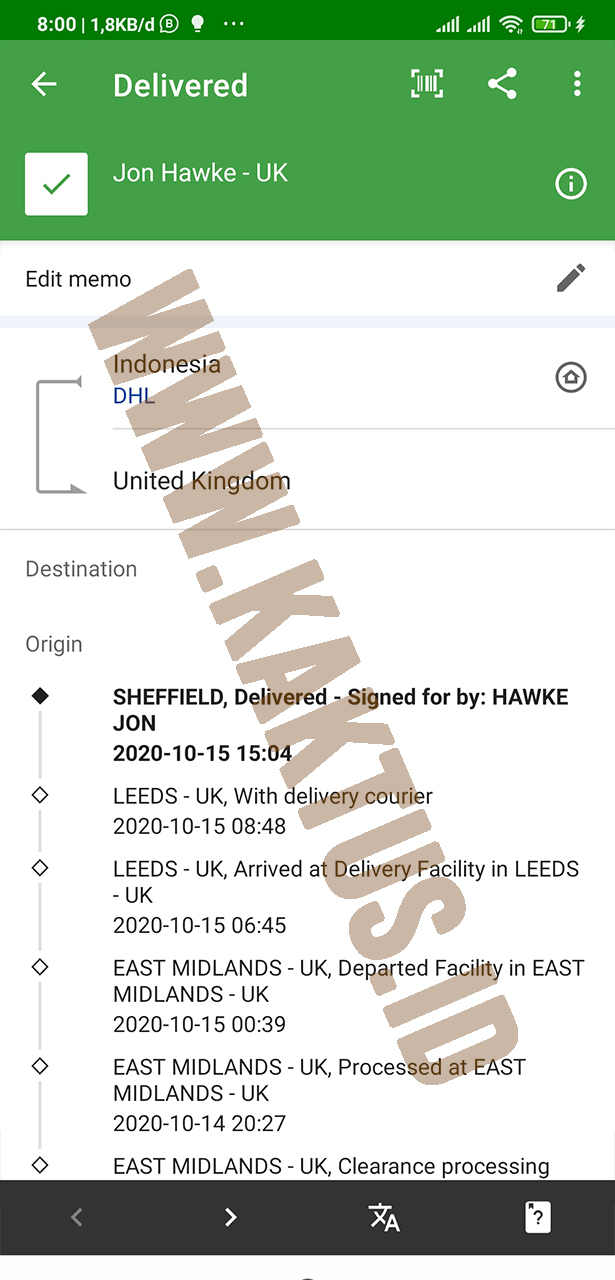








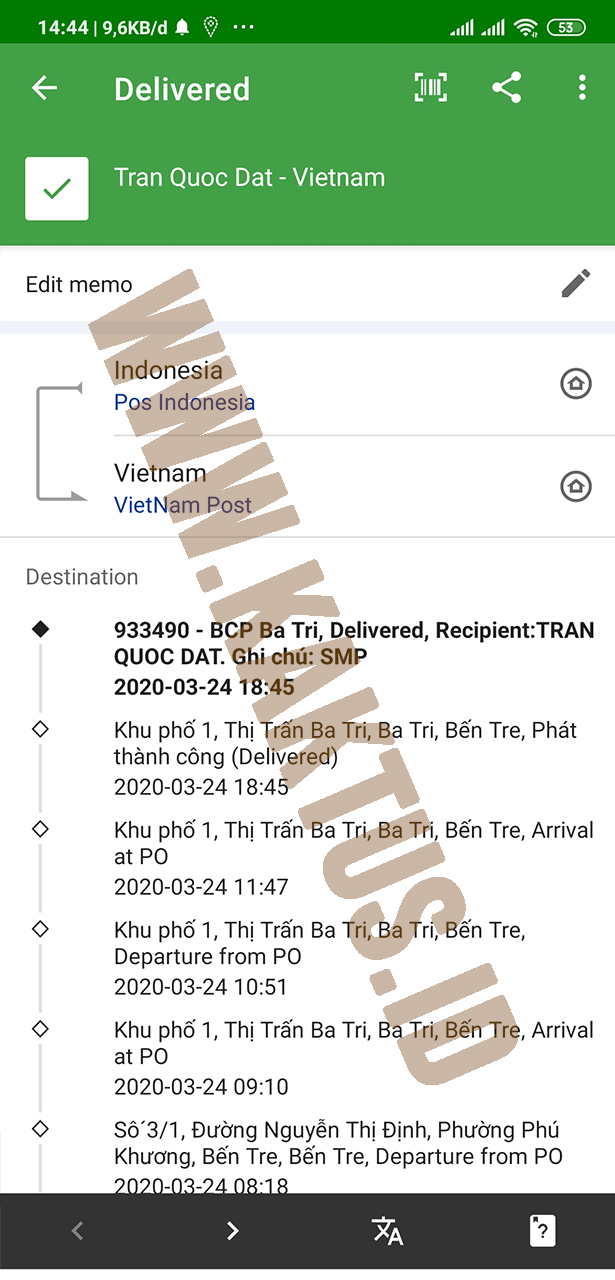








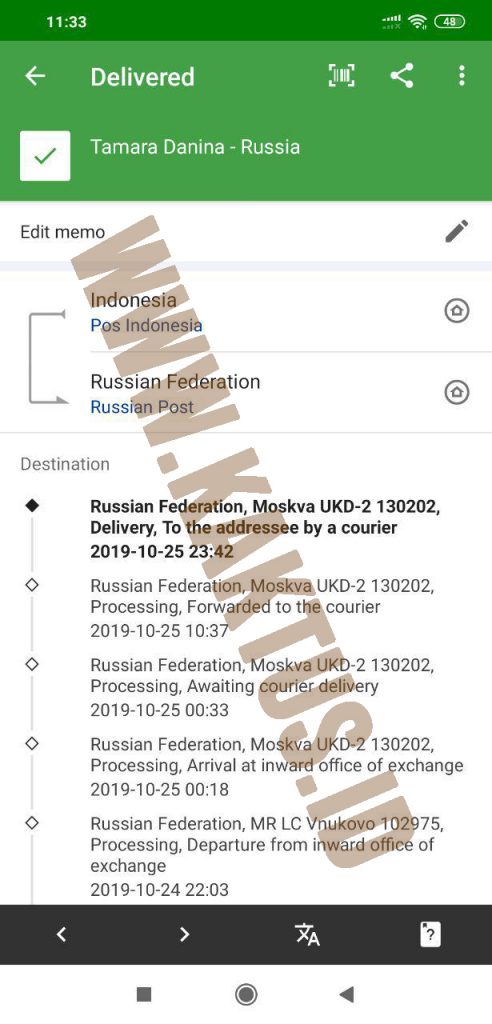



















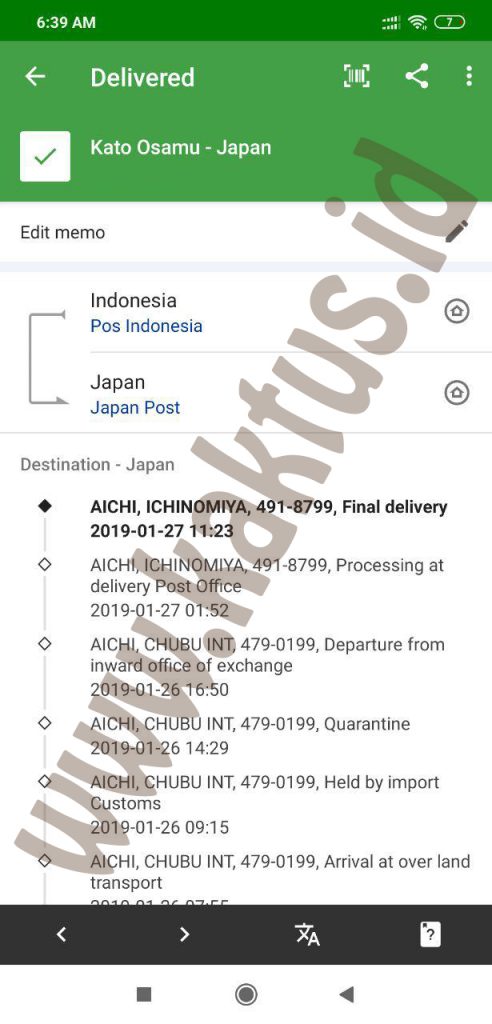




























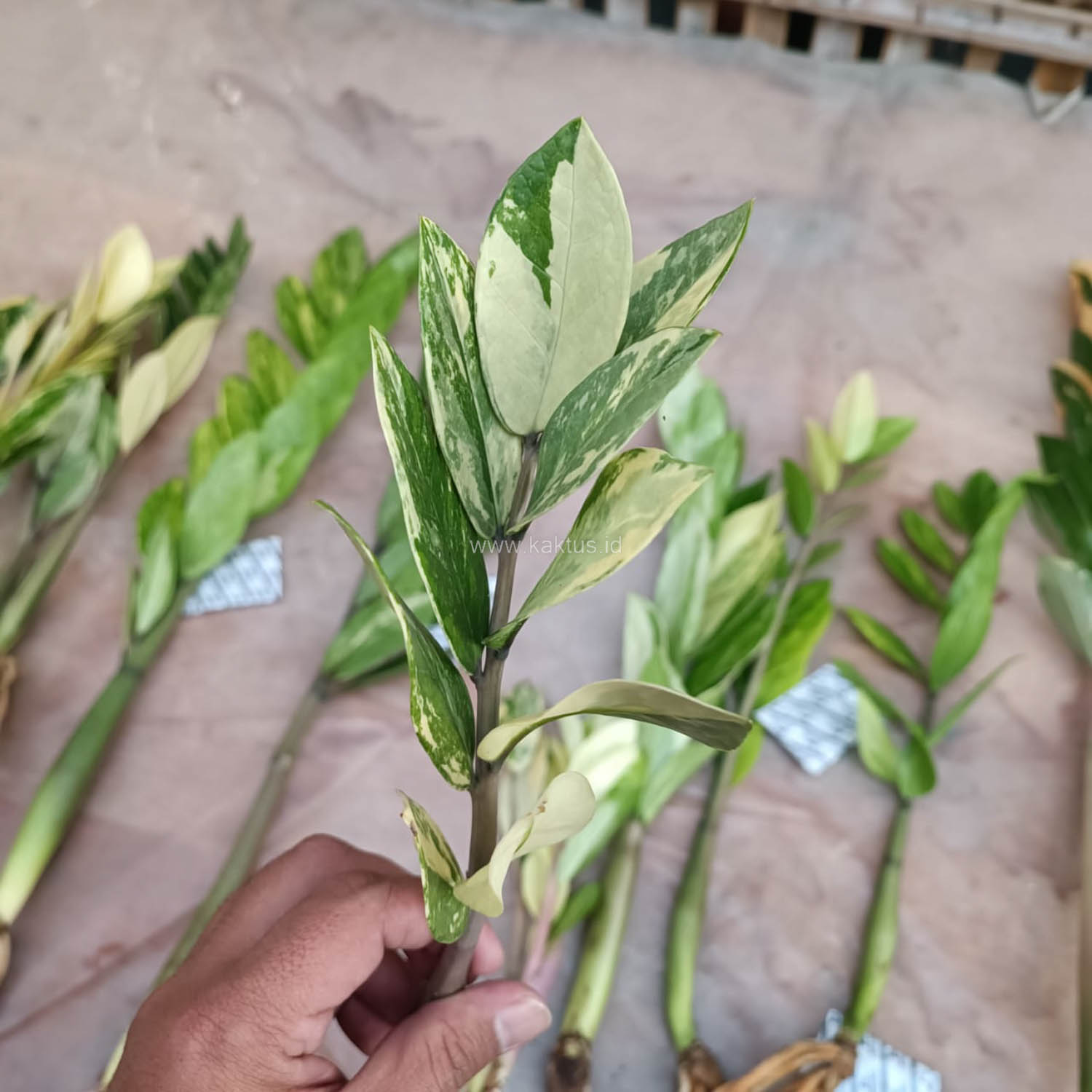











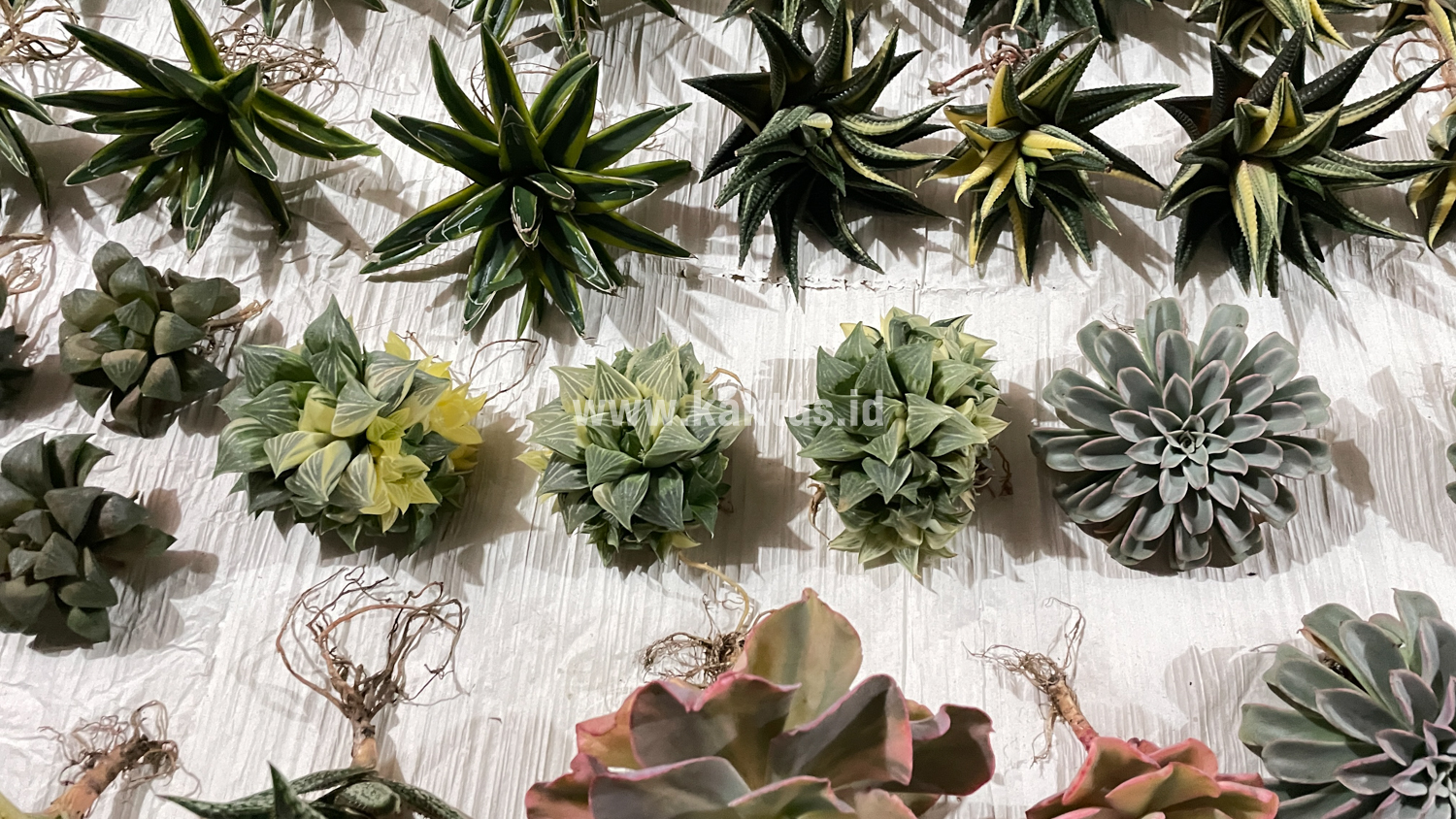







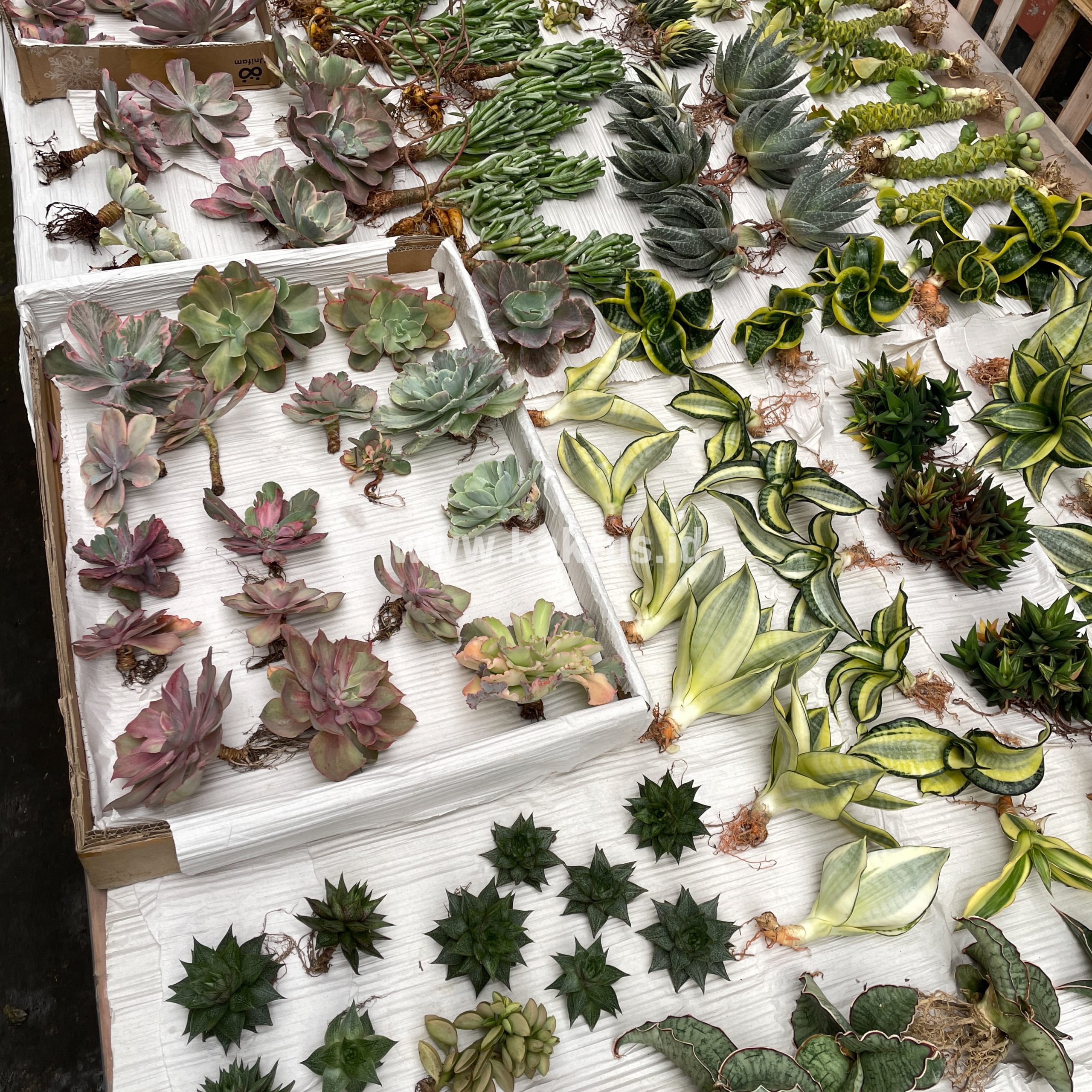






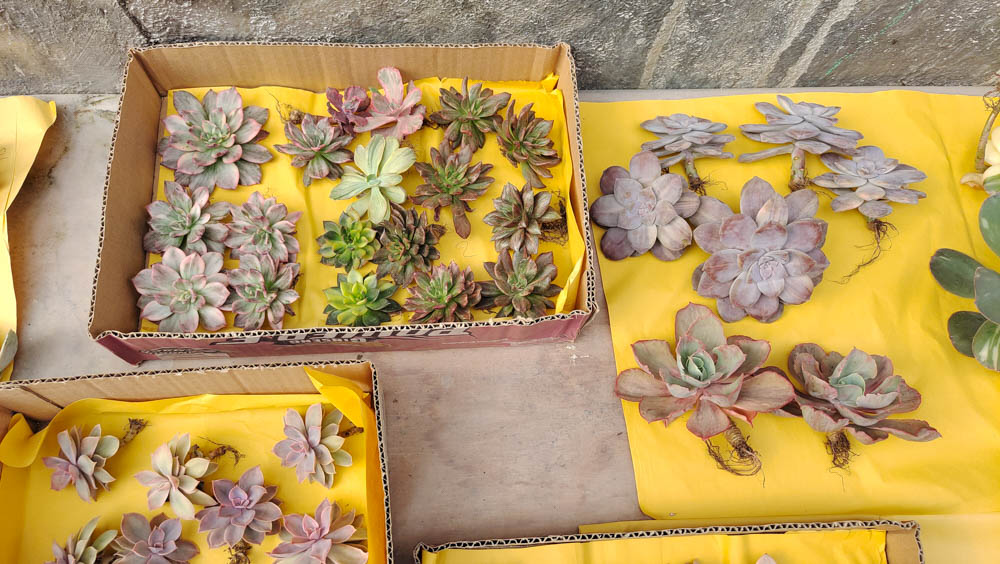









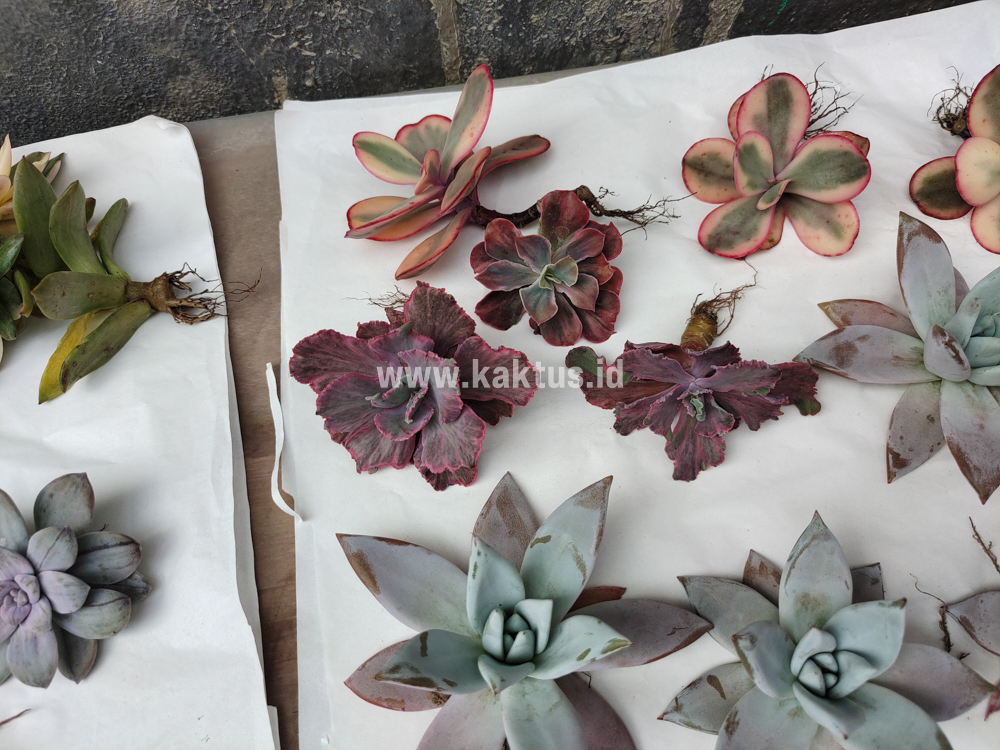

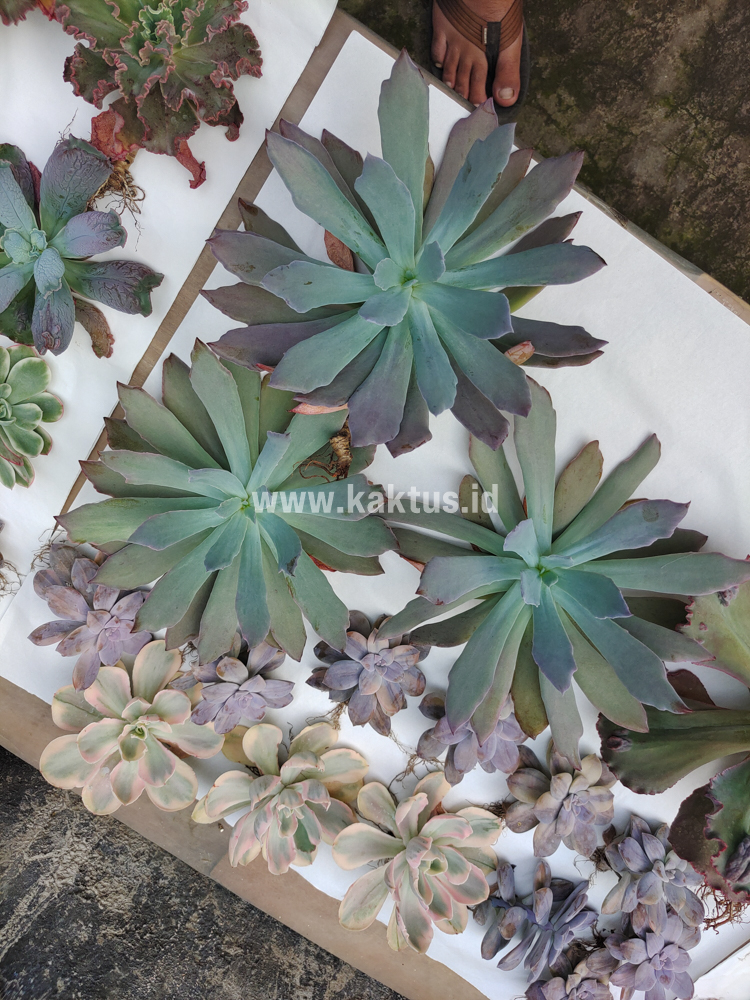








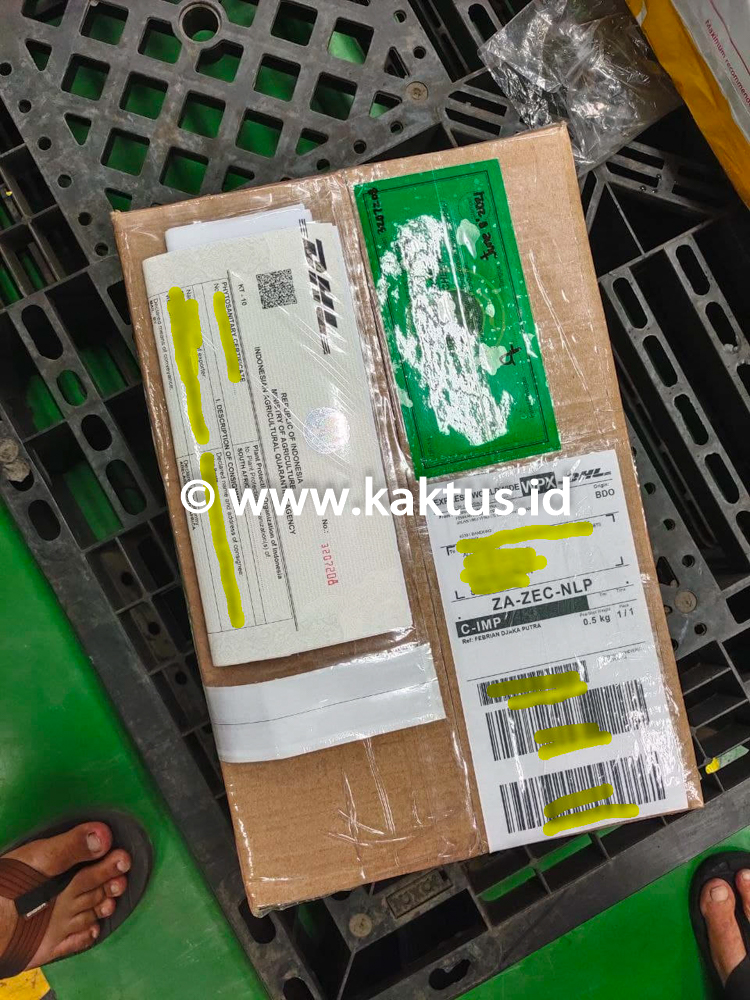























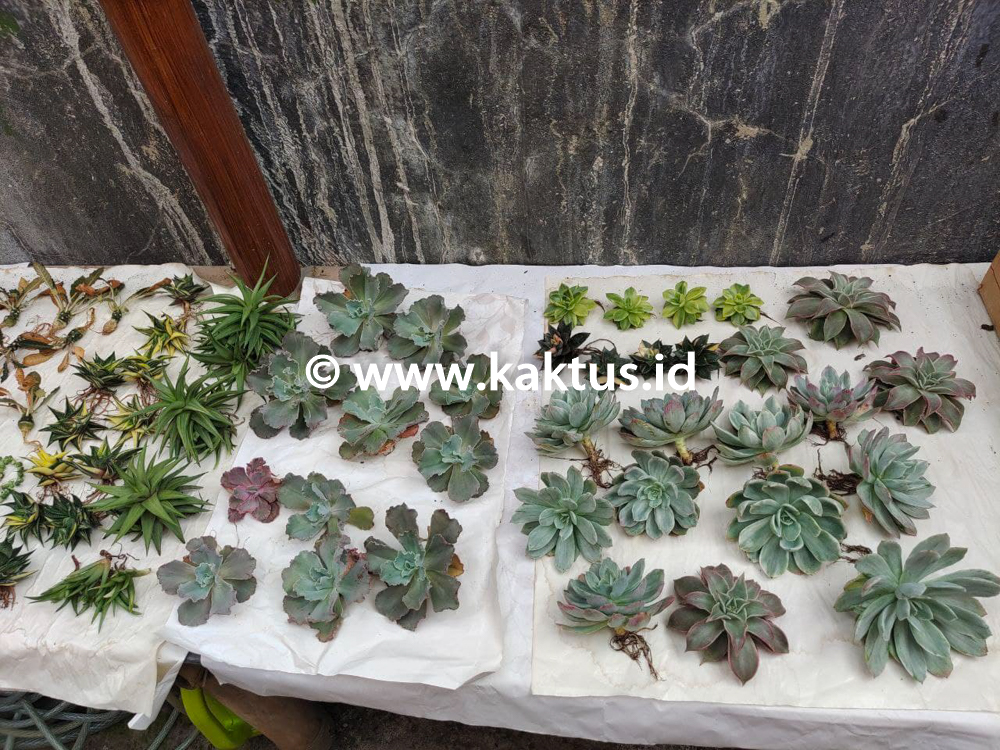










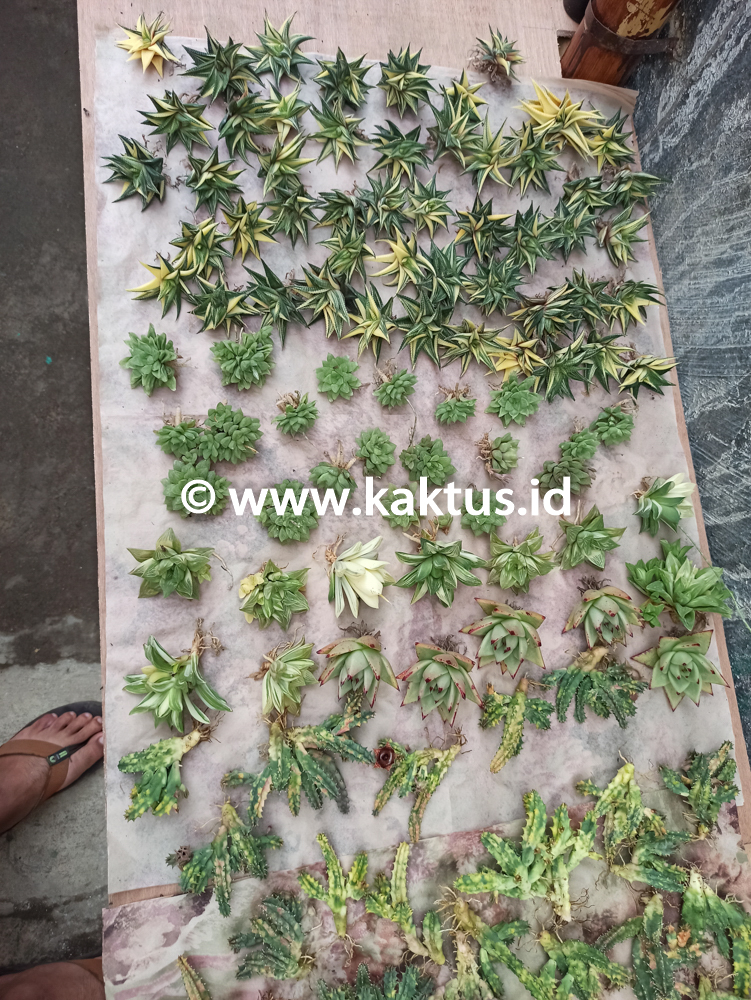



















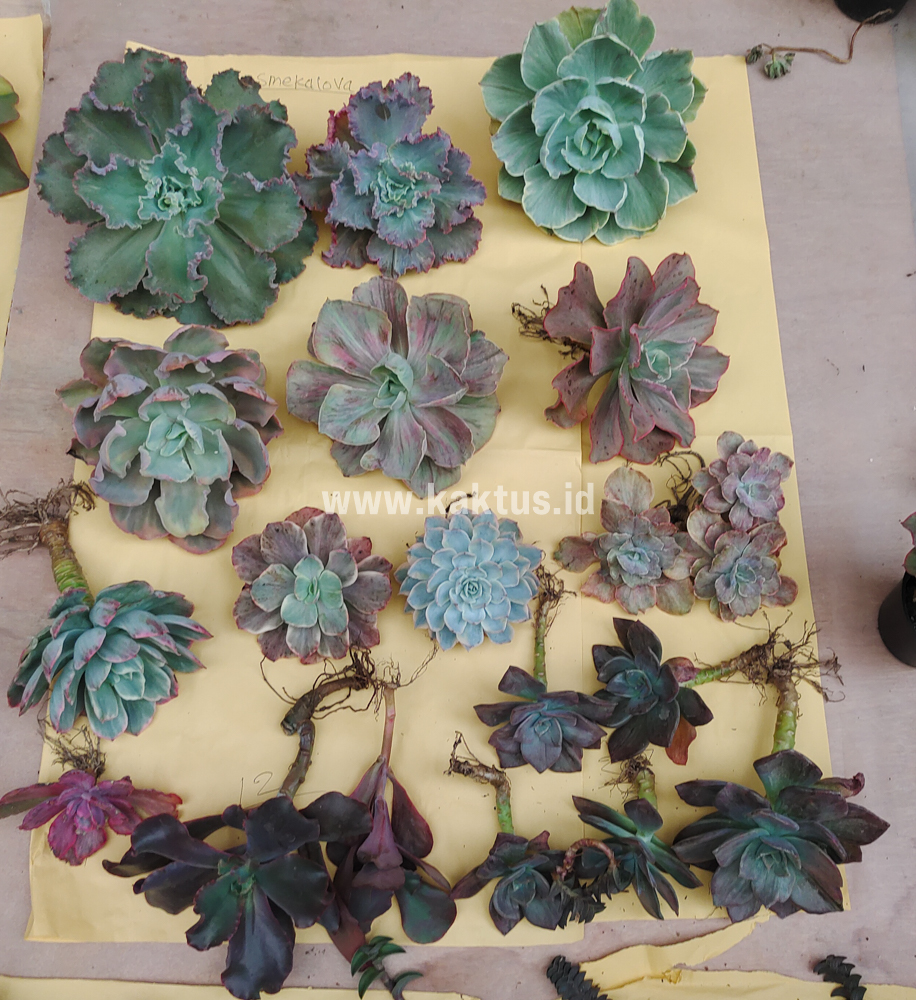
















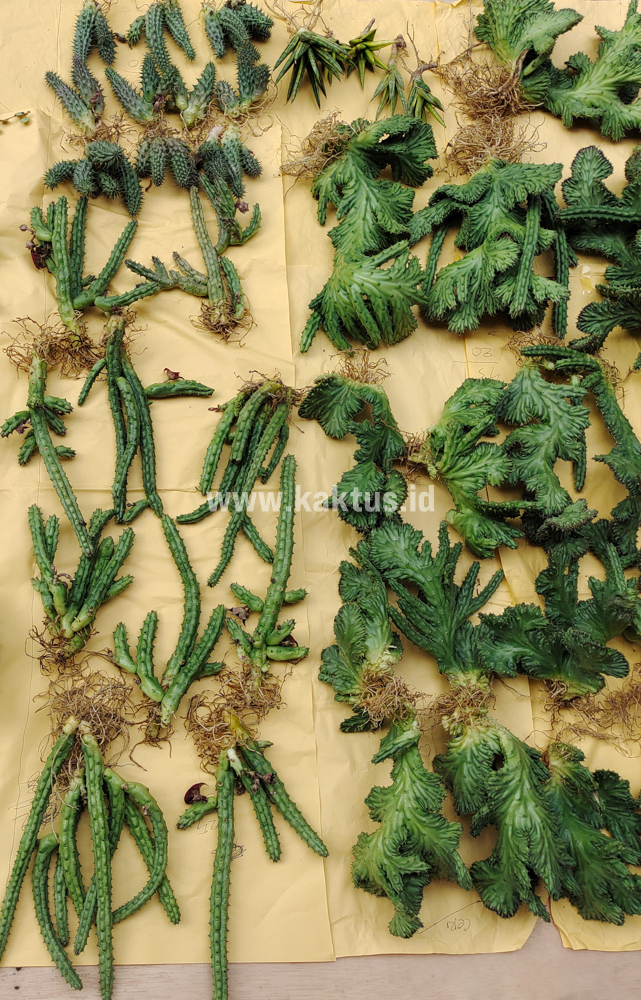

































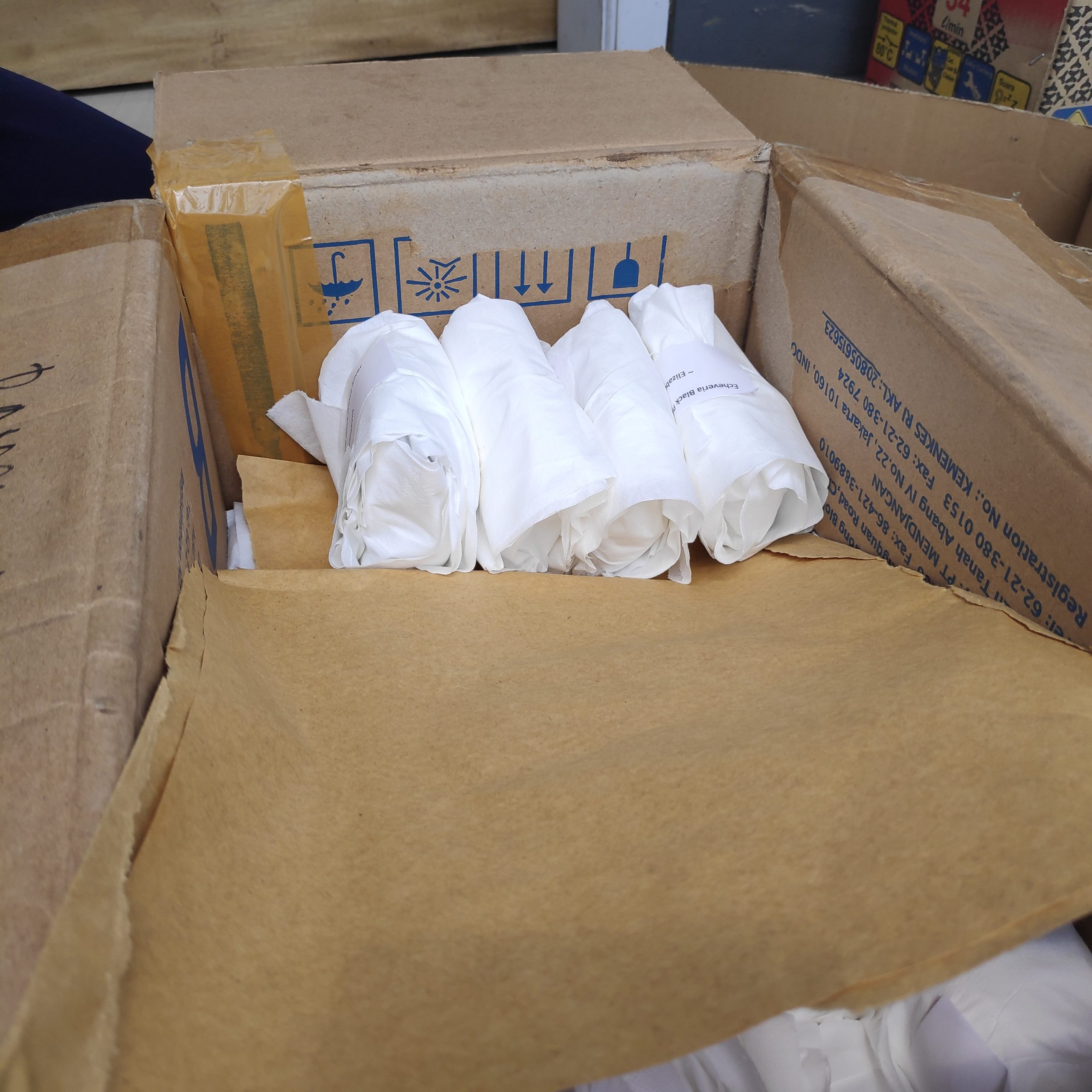











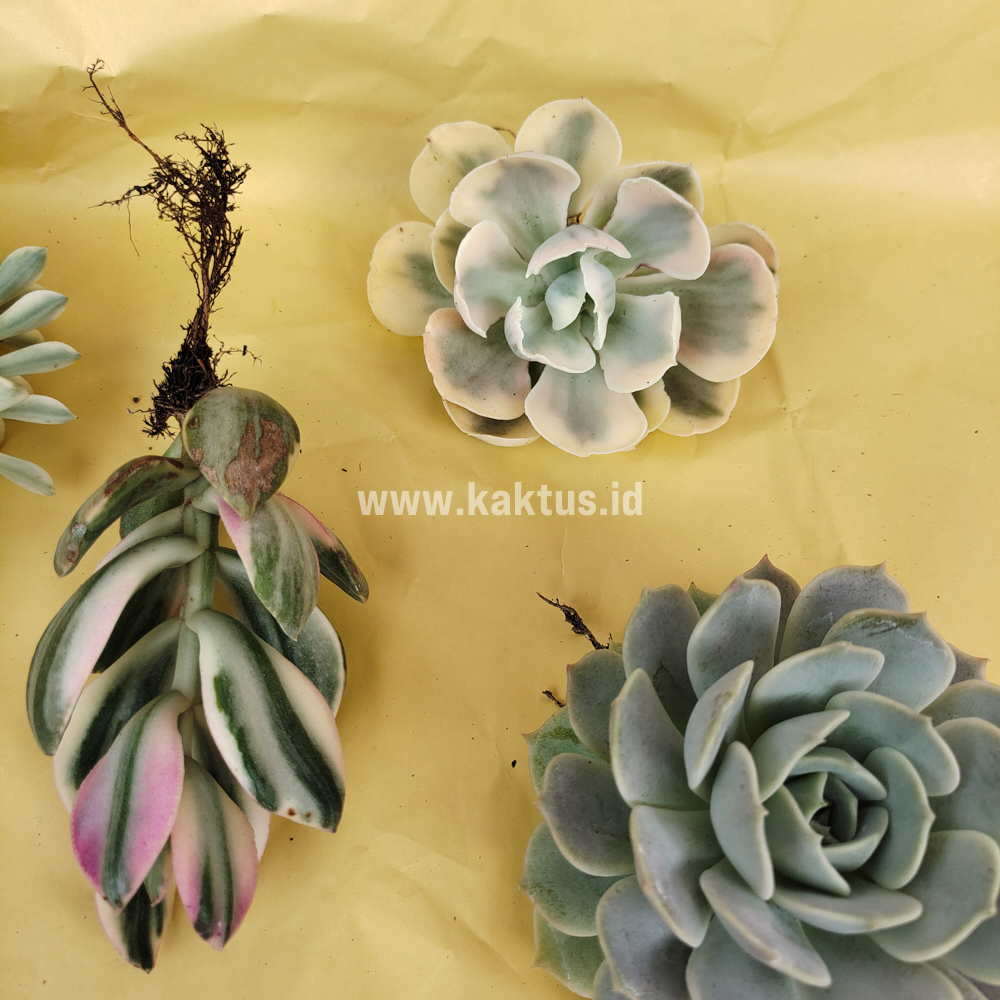



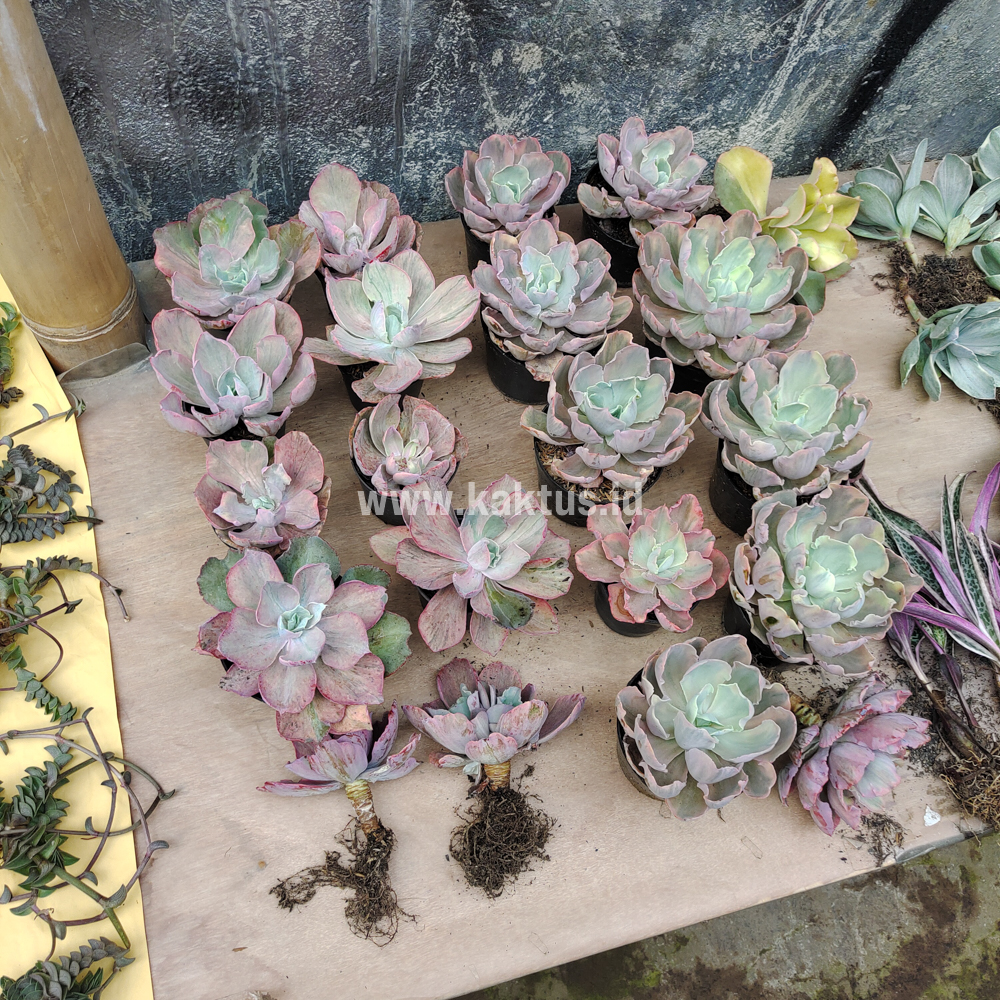










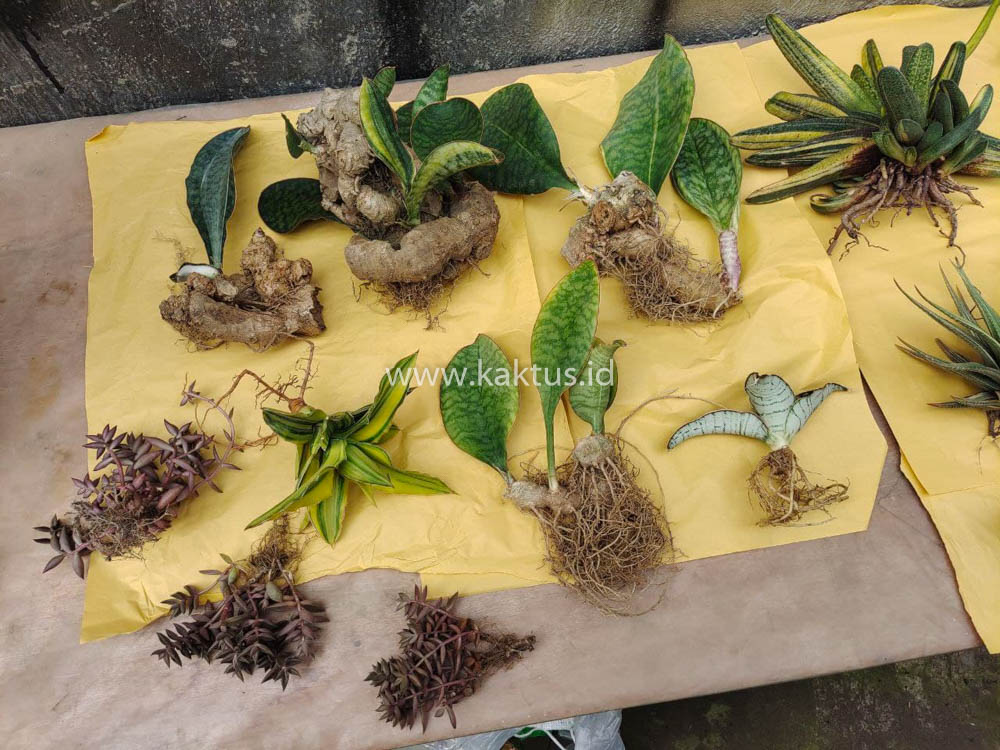








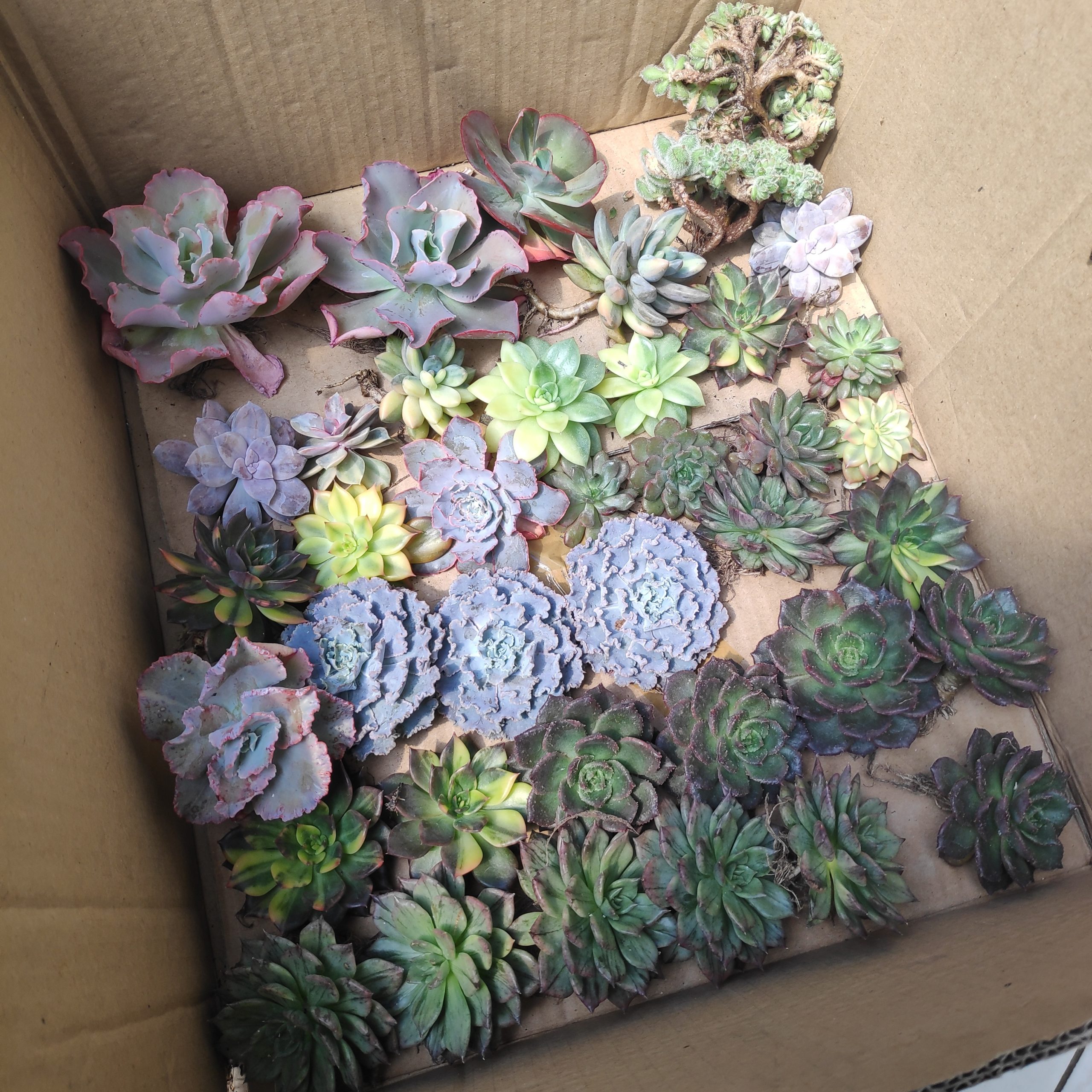











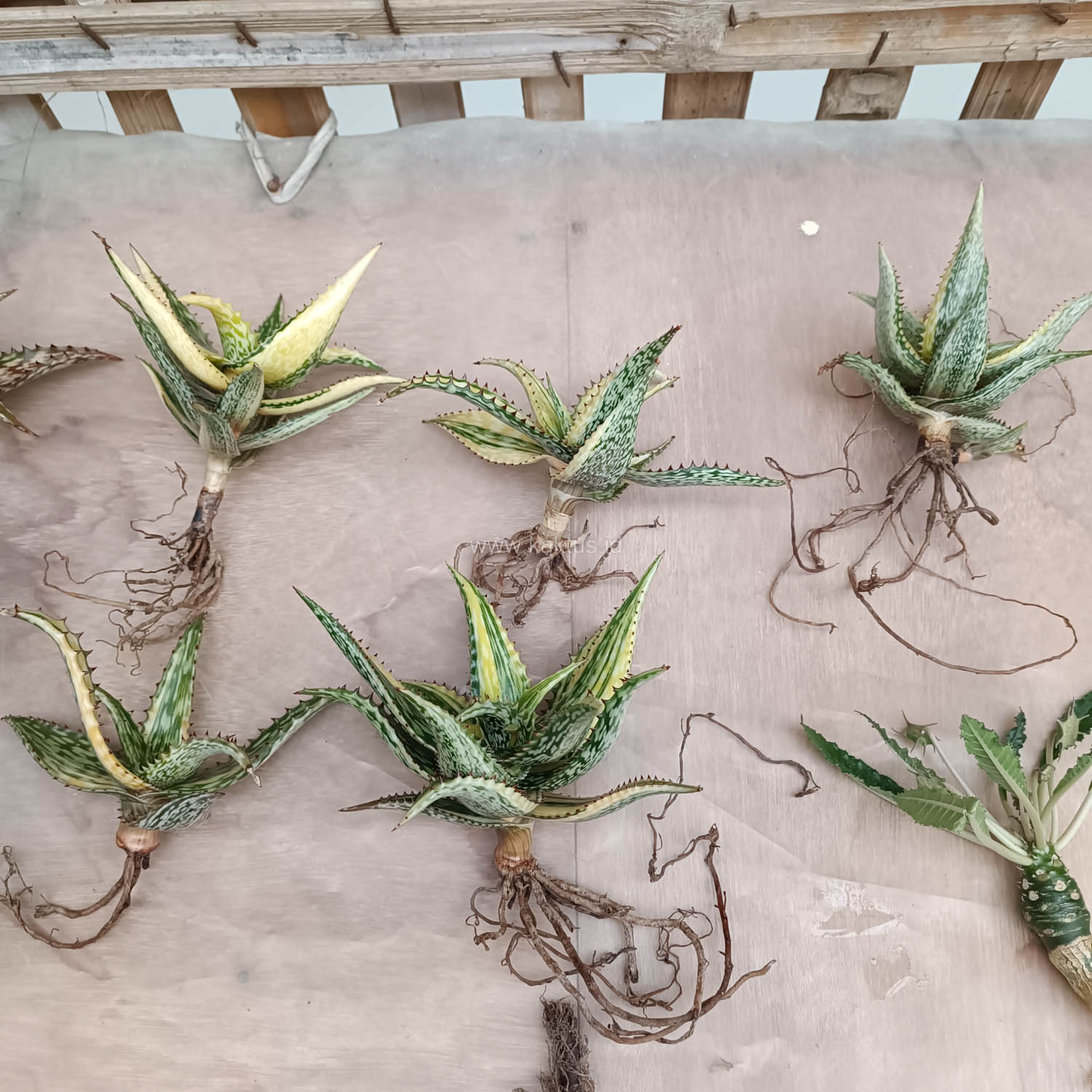














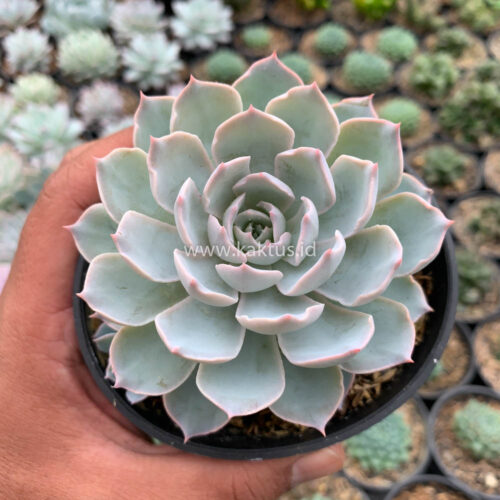





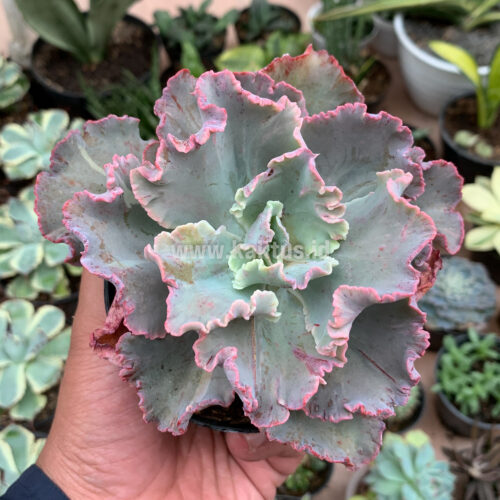















Puas, tanamanx sesuai
Terima kasih ya bu
A bit smaller than expected
Good
Good
Thank you, sukulennya bagus” pak.